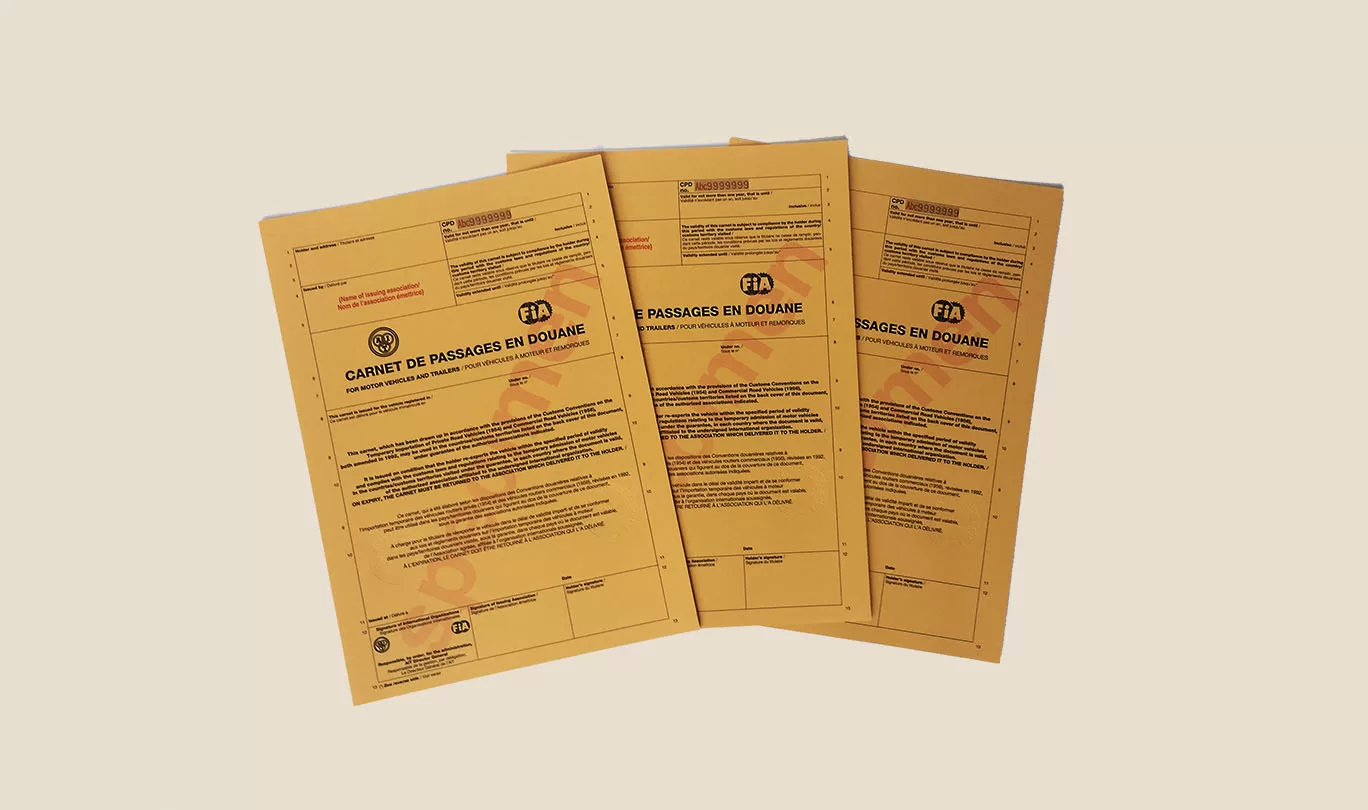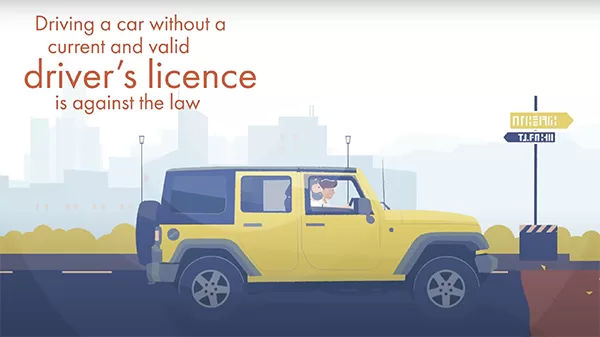How old do I have to be to obtain an IDP?
You must be at least 18 years of age.
Which address do I use on the IDP application form?
The address that is shown on your domestic driving license.
Where can I obtain an IDP?
The organization in charge to issue IDPs varies across countries. However, in most countries Automobile Clubs are authorized organizations than can issue and inform you about IDPs. Please use this website to check if there is an authorized automobile club in your country of residence.
How long does it take to get the IDP processed?
It varies depending on the administration which issues the IDP and the process established by the authorities. It can be just minutes in an issuing office or it may take weeks if the application needs to be made by post.
What if I am stopped by the police in a country where an IDP is required and I cannot produce one?
Penalties can range from a fine to a citation. Without an IDP, a driver is therefore driving without a valid license and if stopped, highway patrols may seize the vehicle and arrest the driver or give him/her a citation for a mandatory court appearance.
I have been out of the country for over a year, can I get another IDP?
Yes, as long as you are still in possession of a valid domestic driver’s license.
Can I get an IDP issued with my temporary or interim driver’s license while I’m waiting for definitive one?
No.
How will I benefit by carrying an International Driving Permit on my next trip abroad?
The International Driving Permit (IDP) is a document that provides important information from your driver’s license in several different languages, including English. This document came into existence by virtue of several UN Conventions on Road Traffic (1926, 1949 and 1968). As an official travel document, the IDP is recognized in over 150 countries today. Carried in conjunction with a National / Domestic driver’s license, the IDP can help break down language barriers when traveling in across countries.
Am I required to have an IDP in foreign countries?
Many countries do not recognize a driver’s licenses from other countries, but officially recognize an IDP. Some countries may honor a driving license of your country of residence, but require a local language translation (e.g. Spain). The IDP can satisfy these types of situations. Keep in mind, however, that while a certain country’s government may not require an IDP, car rental companies located in that country, may require an IDP to rent a car. Purchasing an IDP prior to departure can save a lot of potential hassles. NOTE: If you are living permanently or staying for a longer period of time in a foreign country, even though you may still hold a domestic driver’s license, you must abide by local driver’s licensing laws. Many countries require that you obtain a local license once you take up employment and/or residency.
What happens if I am stopped and given a citation against my IDP?
The IDP does not hold any powers of its own apart from your driver’s license, and therefore, you do not have a separate driving record with an IDP. The IDP is valid only when carried in conjunction with and acts as a translation of a driver’s license. If you are traveling in a foreign country and are stopped by a law enforcement officer, your domestic driver’s license and IDP should be presented to the officer. If a citation is issued to you, it will be reflected on the driving record that is with your driver’s license.
Does possession of the IDP along with my domestic-issued driver’s license override any local laws?
No. Although the IDP is valid for one year, you must adhere to all local laws. For example, in many countries, if you take up residence or employment there you need to obtain a local license.
How long an IDP is valid for?
If you ask for a 1949 convention IDP, it is valid for a maximum of one year from the date of issue. 1968 model IDPs are valid for up to 3 years. However, validity of IDPs cannot exceed the validity of your domestic drive license. Plus, some countries recognize IDPs from foreign visitors only for a few weeks – usually, only for as long as their tourist visas are valid. If someone visits the United States from a foreign country and discovers that they need an IDP, can they purchase one from the local club AAA? No. An IDP must be issued in the same country where the traveler’s domestic driver’s license was issued. Therefore, if someone from the United Kingdom has a U.K. driver’s license, their IDP must also be issued in the U.K.
Can I use a scanned/digital photograph?
Scanned photographs are not acceptable. Please read U.S. Passport Photo Requirements for guidelines. Polaroid type photographs are acceptable. Photographs can be either in color or in black and white. Photocopies are not acceptable.
My client is traveling to South America, so which permit should I issue?
The 1949 International Driving Permit is valid for South America, EXCEPT Brazil and Uruguay. The 1968 IDP is valid in Brazil and Uruguay, but with some time restrictions.
Can I get an IDP if I only have a temporary license?
While a temporary license is a valid license you should wait until you receive your permanent license before traveling. Authorities abroad probably will not accept a temporary license.
What do I need to obtain an IDP?
It depends on the country where your domestic driving license was issued. Usually, you need to complete a brief application form (generally available through the local authority or automobile club web site), provide two passport-size photographs with your signature on the back, a photocopy of the front and back of your valid domestic- issued driver’s license, and pay an administrative fee.







